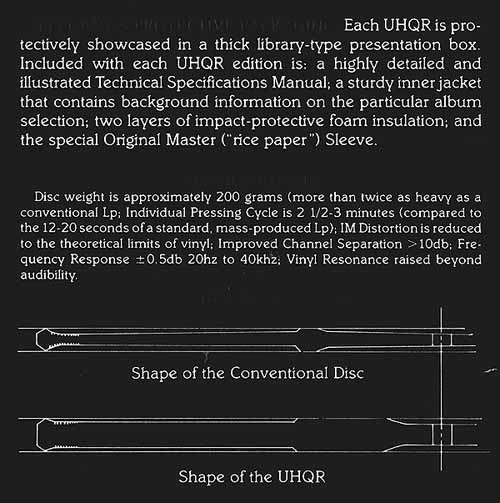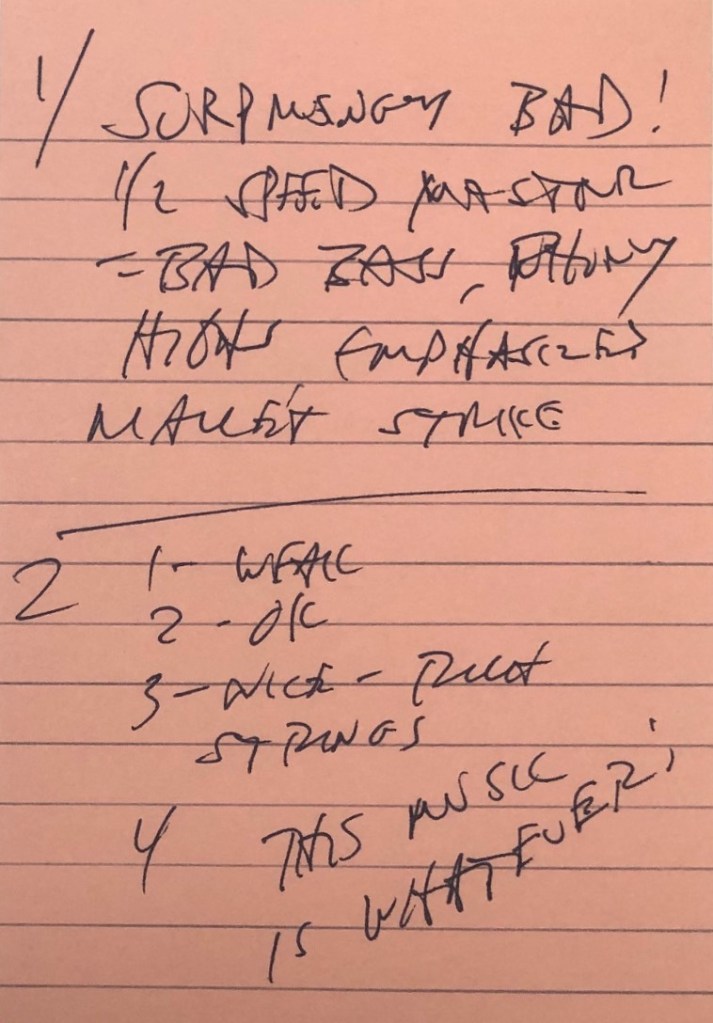 More of the Music of Supertramp
More of the Music of Supertramp
Hot Stamper Pressings of Breakfast in America Available Now
Sonic Grade: F
An Audiophile Hall of Shame pressing and a Half-Speed Mastered Disaster if there ever was one. If this isn’t the perfect example of a Pass/Not-Yet record, I can’t imagine what would be.
It is just awful. So washed out, brittle, thin and lifeless, it practically defies understanding that anyone with two working ears ever considered calling this piece of crap an “audiophile” record.
Is it the worst version of the album ever made? Hard to imagine it would have much competition.
If you don’t think the major labels had anything but contempt for audiophiles, play this pressing and see for yourself the kind of garbage they were happy to pawn off on an unsuspecting audiophile “community.”
The audiophile community? Was there ever such a thing?
There is now of course, Hoffman’s being the most popular. On his forum you will find self-described audiophiles Defending the Indefensible at every turn. I am happy to report that threads mentioning — sorry, I meant to say bashing — Hot Stampers are some of the most popular.
Further Reading on Half-Speed Mastering
If you are buying these modern pressings, take the advice of some of our customers and stop throwing your money away on Heavy Vinyl Pressings and Half-Speed Mastered Records.
People have been known to ask us:
At the very least let us send you a Hot Stamper pressing — of any album you choose — that can show you what is wrong with your Half-Speed mastered pressing.
And if for some reason you disagree that our record sounds better than yours, we will happily give you all your money back and wish you the best.
To learn more about records that sound dramatically better than any Half-Speed ever made (with one exception, John Klemmer’s Touch), please go here:
Below you will find our breakdown of the best and worst Half-Speed mastered records we have auditioned over the years.
- Half-Speed Mastered Disasters
- Half-Speed Mastered Mediocrities
- Half-Speed Mastered Winners
- Half-Speed Masters – The Complete List
New to the site? Start here.

 Many of the worst releases from MoFi in this era were mastered by
Many of the worst releases from MoFi in this era were mastered by 












 To be fair, MoFi made some reasonably good sounding records too. For those of you whose budget is on the limited side, if you find an affordable copy of
To be fair, MoFi made some reasonably good sounding records too. For those of you whose budget is on the limited side, if you find an affordable copy of